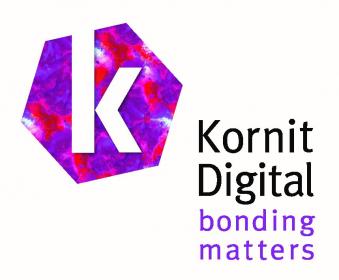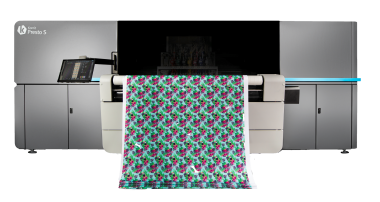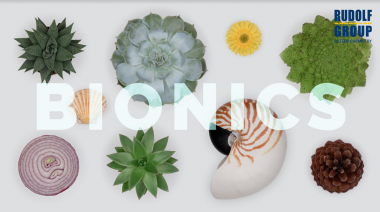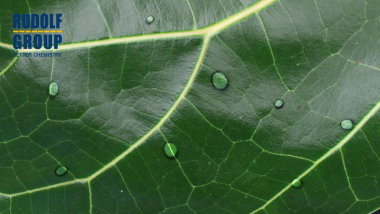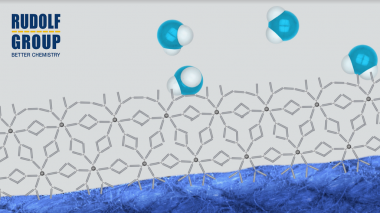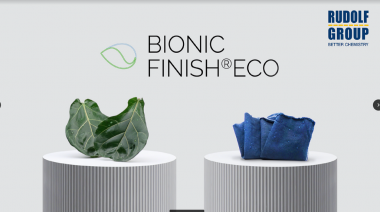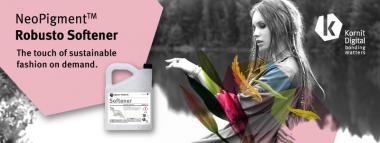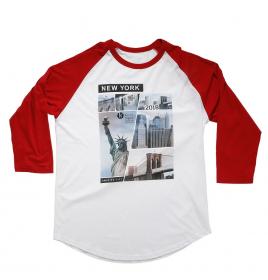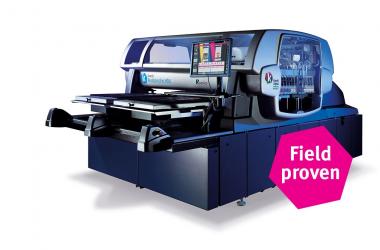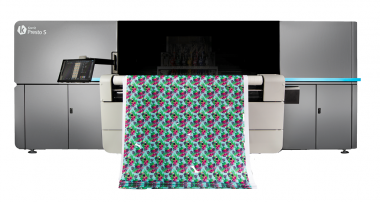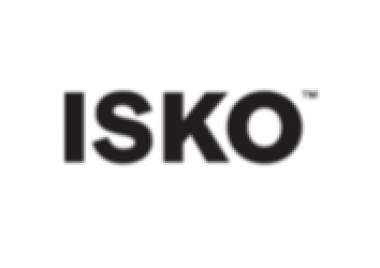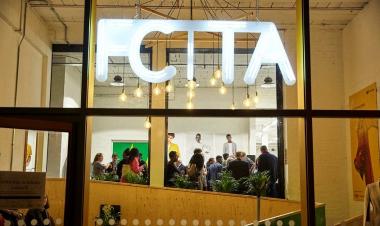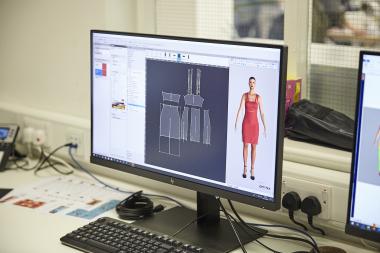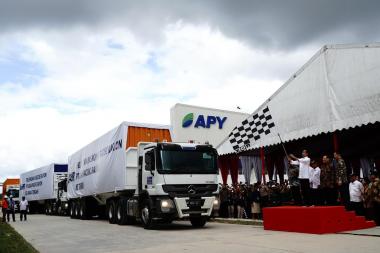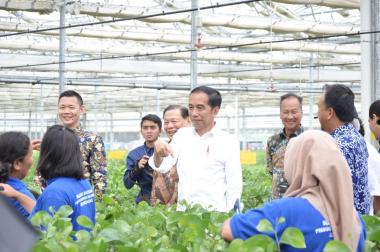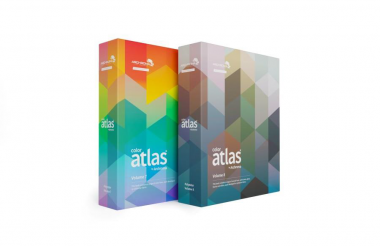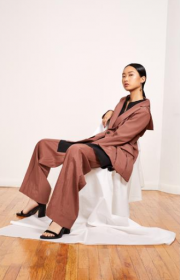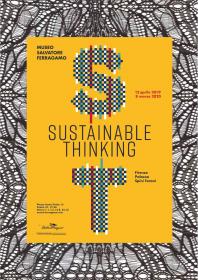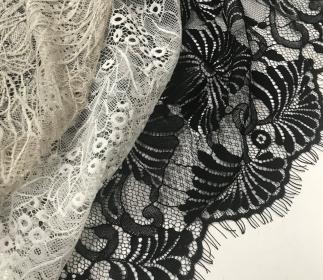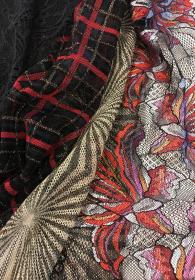Brodelec uses Direct-To-Fabric Printing with Kornit Digital Printing Technology
Brodelec chose to broaden its scope of activity by investing in the Kornit Presto S.
Dominique Willems, CEO at Brodelec, comments: "We had already seen a strong trend for personalized items, whether in the furniture or fashion sector, but since the beginning of the pandemic we have seen a strong growth in requests for small-scale personalization. And that's exactly where Kornit offers us a solution with incredible durability and quality, perfectly suited to our needs."
He continues: "The Kornit Presto S has allowed us to bring our latest project to life: the creation of a website entirely dedicated to ordering custom masks. Thanks to an online editor and our 200 models, our customers can order their masks in quantities ranging from 1 to several thousand pieces if necessary. As the Kornit Presto is free of certain technical and chemical constraints and has adapted perfectly to Brodelec's workflow system; we are currently printing more than 10,000 masks per week and can respond to requests within extremely short deadlines while guaranteeing quality and sharpness of detail. The masks meet the recommendations of the AFNOR and are designed with a fabric that filters out particles in the air by over 90%! Therefore, the designed and printed fabric masks are designated as category 1 and meet the UNS1 standards. They are distributed after testing for 60 washes."
Brodelec Kornit Digital digital printing machines textile printing digital printing face masks Covid-19
PRU4


